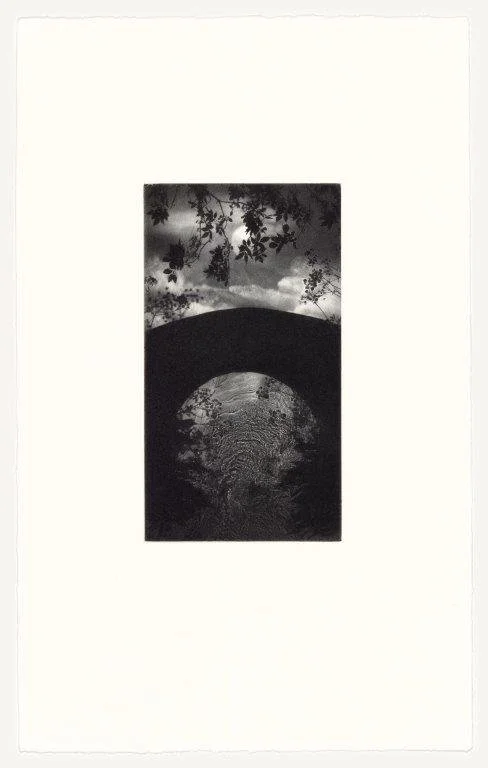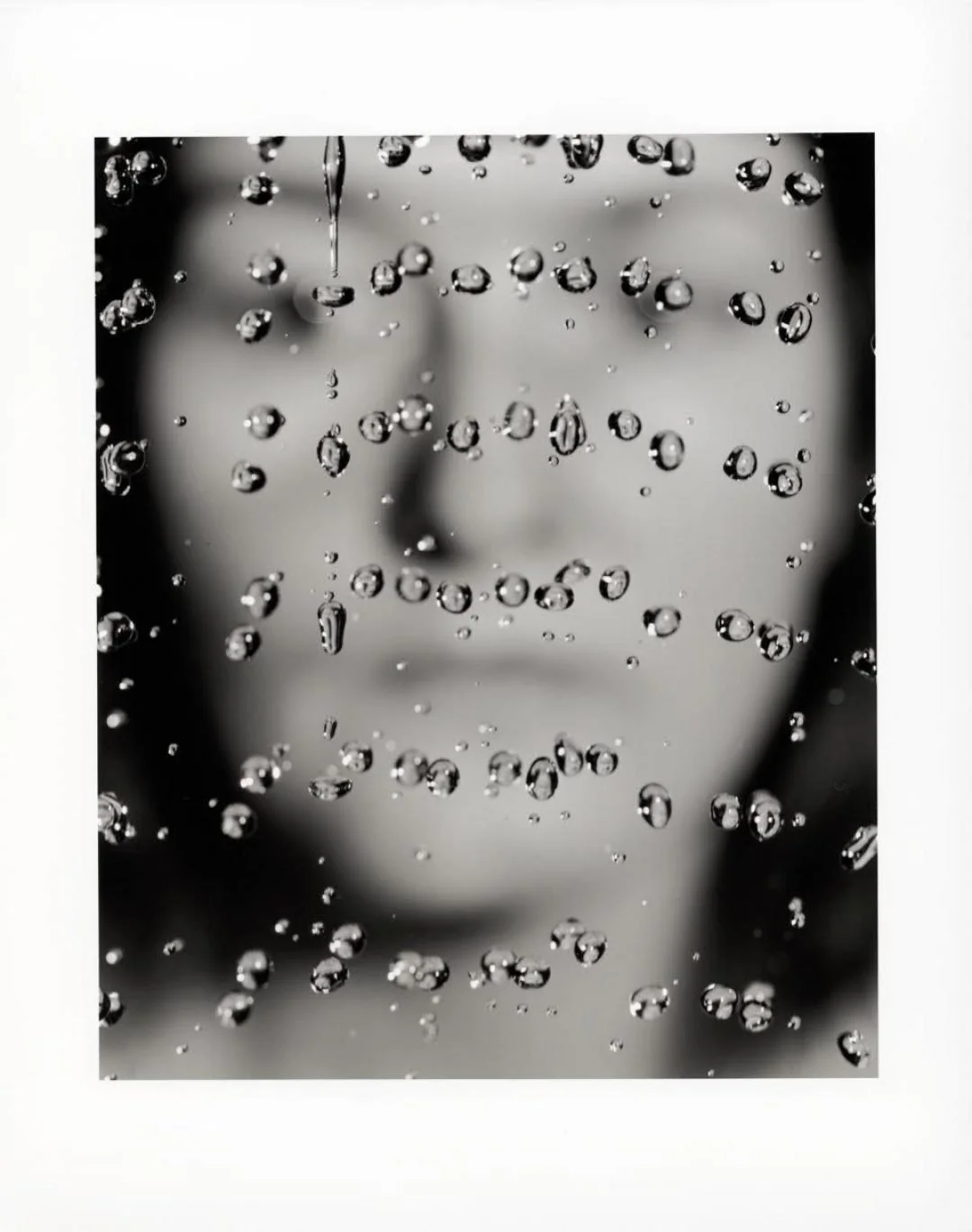
Susan Derges
“The way that I work focuses as much on the things that block out light to create shadows as it does on representing light as it passes through things”
Q&A
-
The blue end of the spectrum.
-
Autumn.
-
Dusk! This magical time has always felt very special to me, since childhood. The moment when day light starts to disappear and stars and moon light slowly make an entrance mixes two very different colour palettes to create amazing skies that just briefly illuminate the world very mysteriously before the blues of night time take over.
-
The above times feel brief, transient and precious. Not that other times or seasons are less so but there is something very poignant and yet beautiful about the way low autumnal light creates rich warm colours and long shadows that at dusk move towards the blue end of the light spectrum. The blue light of incoming night connects to the awakening blue of inner light in reflective states, the deep spaces of meditation, sleep and dreaming. We see skies as blue because molecules of oxygen and nitrogen scatter the shorter wavelengths of blue more strongly than other wavelengths of light. Our eyes and molecules in the sky interconnect and collaborate to create this experience of blue.
-
The light I use to expose photographic emulsions or digital screens passes through the subjects I work with to reveal their colours by means of their transparent materiality. If they are completely opaque it will flood the surrounding area making shadow forms of the subject. The light is in this way both the means of image making and the coloured luminosity of the images I work with.
-
I have often represented the moon in works made at night or about the night and moon-light does tend to shift the colours of the print towards the blue end of the spectrum. The way that I work focuses as much on the things that block out light to create shadows as it does on representing light as it passes through things. I find these shadow forms are often more expressive than full colour representations as they allow the viewer to project into the imagery from their imagination or unconscious, which enables a more personal resonance between the viewer and the work.
-
Vermeer, Van Gogh, Monet, Turrel.
-
My old studio, which was formerly a Wesleyan Chapel, combined beautiful diffuse north light with the pitch dark of an enclosed darkroom. I could also completely black out the whole building which turned it into a kind of performance space for working with light, water and the various subjects I had collected from the outside environment. My current studio/home is very light and all the things I have worked with and am still interested in seem to be around here and highly visible through large windows and glass doors. The moon is always visible from somewhere and the setting sun floods in through the east side of the building projecting shadow forms of grasses, trees and plants onto the floors and walls. Light is continuously changing and making everything seen afresh moment to moment. Working with it or merely looking at the familiar yet changing world outside the studio generates a feeling of wanting to hold onto those fleeting moments in photographic images, also to represent the impossibility of doing so in real life.
About
Light is both the means of image making and the coloured luminosity of Susan Derges’ images. The light used to expose Susan’s photographic emulsions passes through the subject to reveal colours. Through her images, Susan seeks to hold on to fleeting moments hereby representing the impossibility of doing so in real life.
Susan’s practice involves cameraless, lens-based, digital and reinvented photographic processes which she uses as a tool to capture invisible scientific and natural processes - the physical appearance of sound vibration, the evolution of frogspawn or the cycles of the moon. She is perhaps best known for her pioneering technique of capturing the continuous movement of water by immersing photographic paper directly into rivers or shorelines.
Susan completed her postgraduate studies at the Slade School before moving to Japan, where she continued her research at Tsukuba University. She is a visiting professor in Photography at the University of Plymouth. Susan has work in public collections across the world including Museum of Fine Arts, Boston, Victoria & Albert Museum, London and Metropolitan Museum of Art, New York.






